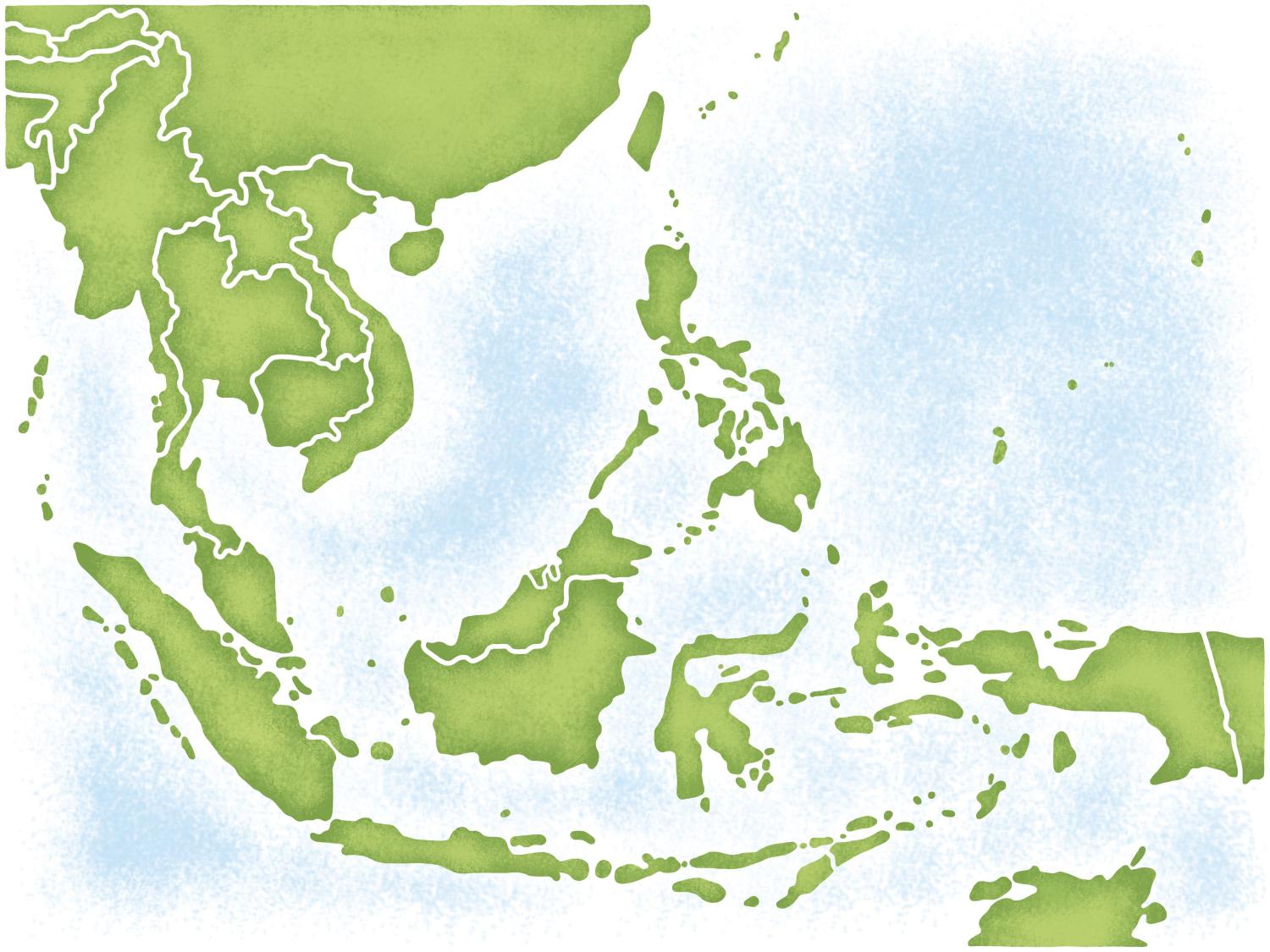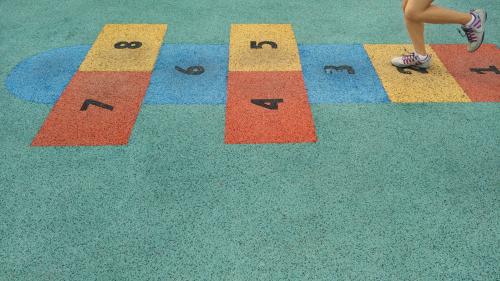The Indo-Pacific, one of the most dynamic regions in the world, has experienced decades of strong economic growth. It is a center of geopolitical positioning—shifting between cooperation and tension—by regional and world powers, specifically the United States, China, Japan, and Russia. In the center of the region sits Southeast Asia, with a combined population of 650 million and an average GDP growth of 5 percent. The countries have a history of seeking to promote their interests and stability through regional cooperation, specifically via the regional architecture of Association of Southeast Asian Nations (ASEAN).
This research project entails six related papers exploring development opportunities in Southeast Asia and potential areas of collaboration among donors to increase and accelerate their impact. The analysis focuses on seven principal development partners in the region—Cambodia, Indonesia, Laos, Myanmar, the Philippines, Timor-Leste, and Vietnam—and their principal donors—the United States, South Korea, Japan, Germany, and Australia.
Policy
The policy overview chapter sets out the overall framework, reviewing relevant donor policies, and different modalities that donors might consider as ways to collaborate. It also outlines the country donors’ strategic interests in Southeast Asia, donor development priorities, and mechanisms of donor collaboration.
Downloads:
The digital world
Digital technology is disrupting traditional means of communications, business, learning, how we function at work and at home, and even governing. This chapter explores the advantages and perils of digitalization for development.
Downloads:
Health
COVID-19 has brought home in all too stark and frightening ways how essential health care is for personal well-being, economic growth, and equity. This chapter explores the status of health care in Southeast Asia, donor health priorities, and opportunities for donor collaboration.
Downloads:
Education
Education is the building block of productive, healthy, and secure lives. This chapter provides a primer on the state of education in Southeast Asia, donor education plans, and opportunities for donor collaboration.
Downloads:
Women’s empowerment and gender equality
Despite the notable progress in women’s empowerment and gender equality in recent decades, advancing women’s equality has been slow, erratic, and in certain areas has suffered reversal. This chapter explores the barriers to gender quality in Southeast Asia, donor assistance in the region, and opportunities for donor collaboration.
Downloads:
Governance and public administration
Governance and public administration are interconnected, overlapping concepts that cover a wide range of functions and responsibilities of government required to support the security and well-being of citizens. This chapter outlines the landscape of gaps and needs for governance in Southeast Asia, donor strategic priorities, and opportunities for donor collaboration.
Downloads:
-
Acknowledgements and disclosures
The Brookings Institution is a nonprofit organization devoted to independent research and policy solutions. Its mission is to conduct high-quality, independent research and, based on that research, to provide innovative, practical recommendations for policymakers and the public. The conclusions and recommendations of any Brookings publication are solely those of its author(s), and do not reflect the views of the Institution, its management, or its other scholars.
Support for this publication was generously provided by the Korea International Cooperation Agency. Brookings is committed to quality, independence, and impact in all of its work. Activities supported by its donors reflect this commitment.




